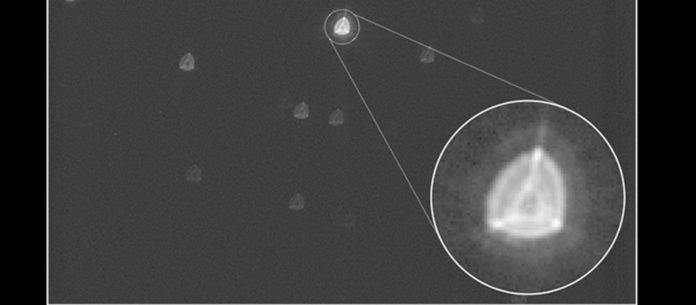Launched on 18 December 2019, CHEOPS (CHaracterising ExOPlanets Satellite) is a European space telescope to determine the size of known extrasolar planets. It is the first Small-class mission in ESA‘s Cosmic Vision science program.
After the successful opening of the space telescope cover on January 29, 2020, CHEOPS now has captured its first images of the sky.
Willy Benz, Professor of Astrophysics at the University of Bern and Principal Investigator of the CHEOPS mission, said, “The first images that were about to appear on the screen were crucial for us to be able to determine if the telescope’s optics had survived the rocket launch in good shape. When the first images of a field of stars appeared on the screen, it was immediately clear to everyone that we did indeed have a working telescope.”
The images suggested that CHEOPS is even better than expected. Be that as it may, better for CHEOPS doesn’t mean sharper as the telescope has been purposely defocused. This is because spreading the light over many pixels guarantees that the spacecraft’s jitter and the pixel-to-pixel varieties are smoothed out, allowing better photometric precision.
Benz said, “The good news is that the actual blurred images received are smoother and more symmetrical than what we expected from measurements performed in the laboratory.”
High precision is necessary for CHEOPS to observe small changes in the brightness of stars outside our solar system caused by the transit of an exoplanet in front of the star. Since these changes in brightness are proportional to the surface of the transiting planet, CHEOPS will be able to measure the size of the world.
Benz said, “These initial promising analyses are a great relief and also a boost for the team.”
David Ehrenreich, the CHEOPS project scientist at the University of Geneva, said, “How well CHEOPS is working will be tested further over the next two months. We will analyze many more images in detail to determine the exact level of accuracy that can be achieved by CHEOPS in the different aspects of the science program. The results so far bode well.”
